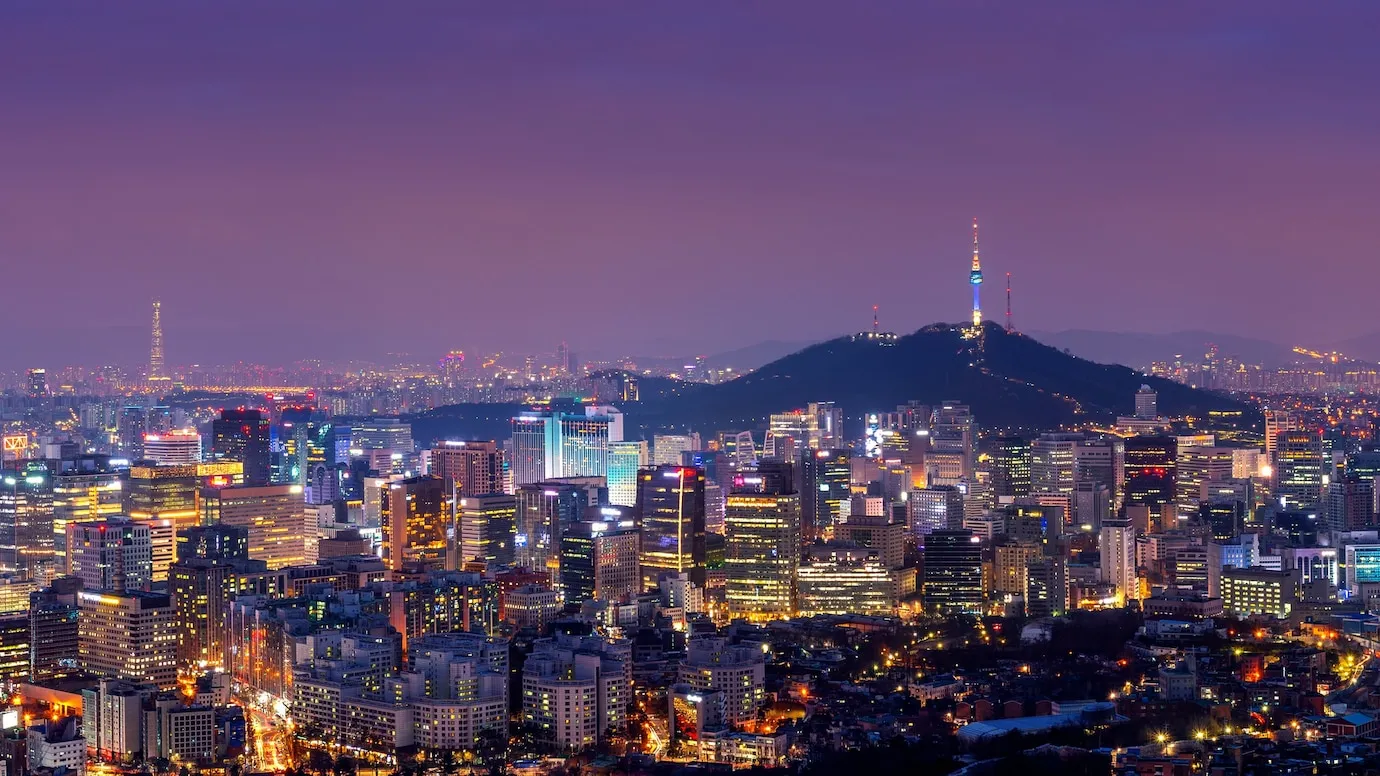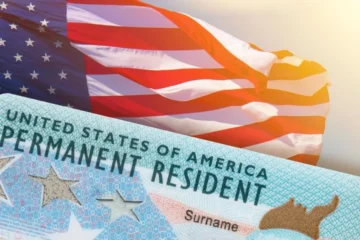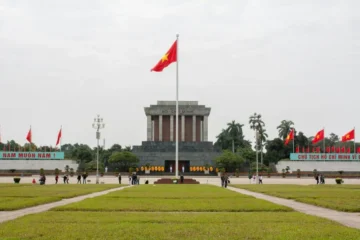South Korea — where kimchi is a staple, skincare is a science, and K-pop is a global export. But behind the dazzling lights of Seoul and the serene temples of Gyeongju lies a path that many dream of walking: becoming a permanent resident of the Land of the Morning Calm.
Key Takeaways
The K-Drama of Immigration
Whether you’re a professional, a student-turned-resident, or someone who just really loves bibimbap, this guide will take you through the realistic — and sometimes rigorous — journey of getting Permanent Residency (F-5 Visa) in South Korea.
What Is the F-5 Visa?
South Korea’s F-5 visa is the golden ticket for foreigners looking to make their stay a little more… permanent. Unlike temporary or working visas (like E-2, D-2, or F-2), the F-5 gives you:
- Indefinite stay rights
- The freedom to work or study without visa renewals
- Access to public services
- A route to Korean citizenship, if desired
But, and it’s a spicy kimchi-sized but, it doesn’t come easily.
General Eligibility for the F-5 Visa
There are multiple routes to the F-5 PR visa, each with different requirements. Let’s unpack the most common ones:
1. Point-Based Residency (F-2-7 → F-5)
If you’ve held an F-2-7 visa (the point-based long-term resident visa), you can apply for the F-5 after 3+ years of stable residence.
To qualify:
- Score well in areas like age, income, education, Korean language ability, and community integration
- Pass the KIIP (Korean Immigration and Integration Program) Level 5
- Show consistent tax and health insurance contributions
This path is ideal for skilled professionals, especially those working in Korea long-term.
2. Marriage to a Korean National (F-6 → F-5)
Love knows no borders — but immigration does.
You can apply for the F-5 if:
- You’ve been married to a Korean citizen for 2+ years
- Or you’ve been raising a child born from the marriage, even if divorced
- You can demonstrate stable income and housing
Note: Sham marriages are taken very seriously by immigration authorities, and they’ll be watching your case like it’s an episode of “Descendants of the Sun.”
3. Investment or Business (D-8 or D-9 → F-5)
Got money? You might get PR.
- Invest at least 300 million KRW (~ USD 220,000) into a Korean business
- Employ at least 5 Korean nationals
- Run the business successfully for at least 3 years
Yes, this is the capitalist route — Korea appreciates entrepreneurial spirit.
4. Korean Ethnic Returnees (F-4 → F-5)
Ethnic Koreans (especially from China or former USSR regions) holding an F-4 visa can apply for PR after:
- 2 years of stay
- Clean legal record
- Tax and health insurance compliance
This is part of Korea’s efforts to reconnect with its diaspora.
5. Exceptional Talent or Contribution
You can also be considered if you’ve:
- Made significant cultural, academic, or athletic contributions
- Been recognized nationally or internationally in your field
- Passed the KIIP program
This is a rare case, but possible for those in the arts, sports, or research.
Also Read: How to Get Permanent Residency in Japan 2025
What Documents Do You Need?
While requirements vary by category, expect to prepare the following:
- Valid passport and ARC (Alien Registration Card)
- Proof of residence and employment/income
- Tax payment records
- Health insurance certificate
- KIIP completion certificate (if applicable)
- Marriage/birth certificates (for family-based routes)
- Criminal background check (local and home country)
All documents must be in Korean or officially translated, and apostilled if from abroad.
Application Process
Here’s a simplified version of the bureaucratic ballet:
- Book an appointment at your local immigration office
- Submit your application and supporting documents
- Pay the application fee (typically around 230,000 KRW)
- Wait for processing — this may take 3–6 months
- Get notified via SMS or email if approved
Upon approval, you’ll be issued a new ARC showing your shiny new F-5 status.
Benefits of Having South Korean PR
Holding an F-5 is like unlocking the premium version of Korean living:
- No more visa renewals
- Open access to employment opportunities
- Long-term housing eligibility (especially for public or subsidised options)
- Freedom to leave and re-enter Korea without fuss
- Eventually, eligibility to apply for Korean citizenship
However, keep in mind — you still need to renew your re-entry permit every few years and maintain your legal residence in Korea.
What Can Get You Rejected (or Revoked)
Even with a solid profile, PR isn’t guaranteed. Common reasons for rejection include:
- Incomplete or inconsistent documentation
- Insufficient income or tax contributions
- Criminal record (even minor offences matter)
- Suspicion of fraudulent intent (especially in marriage-based routes)
And yes, PR can be revoked if you’re found in violation of immigration or national laws, or if you stay outside Korea for too long without proper permits.
Final Thoughts: Your K-Immigration Ending
Getting permanent residency in South Korea is far from a passive process. It takes years of planning, compliance, and — let’s be honest — paperwork that could rival a Netflix drama plot twist.
But if you’re committed to calling Korea your home beyond just samgyeopsal Saturdays and cherry blossom selfies, the F-5 visa can unlock a world of opportunity. Just remember to blend in, contribute meaningfully, and maybe learn to love fermented cabbage.





